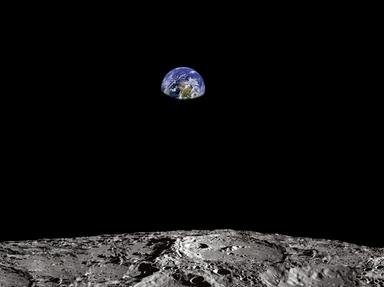Quiz Answer Key and Fun Facts
1. What name has NASA given to the main project to implement the Vision for Space Exploration (VSE)?
2. Which of these factors led to the decision to announce the VSE?
3. What was the original timetable for the first expedition to return to the moon?
4. The centrepiece of the programme goes by the working title of CEV. What do the letters stand for?
5. The CEV was recently given a name by NASA. What is it?
6. Which consortium was recently awarded the contract to build the CEV?
7. What name has been given to the booster rockets which will support the VSE?
8. How many versions of the booster rocket for VSE will be built?
9. The design of the rockets will use which of these major Space shuttle components?
10. The engine for the upper stage of both versions of the the booster will be an uprated version of one from the old Saturn rockets. Which engine?
11. How many crew will the CEV be able to carry into earth orbit?
12. When is it planned that the first manned flight of of the CEV will take place?
13. A new lunar ferry known as the LSAM will be developed to carry the next generation of astronauts to the moon. What does LSAM stand for?
14. How many crew will LSAM carry to the moon?
15. How will power be supplied to the CEV?
Source: Author
mstanaway
This quiz was reviewed by FunTrivia editor
bloomsby before going online.
Any errors found in FunTrivia content are routinely corrected through our feedback system.
